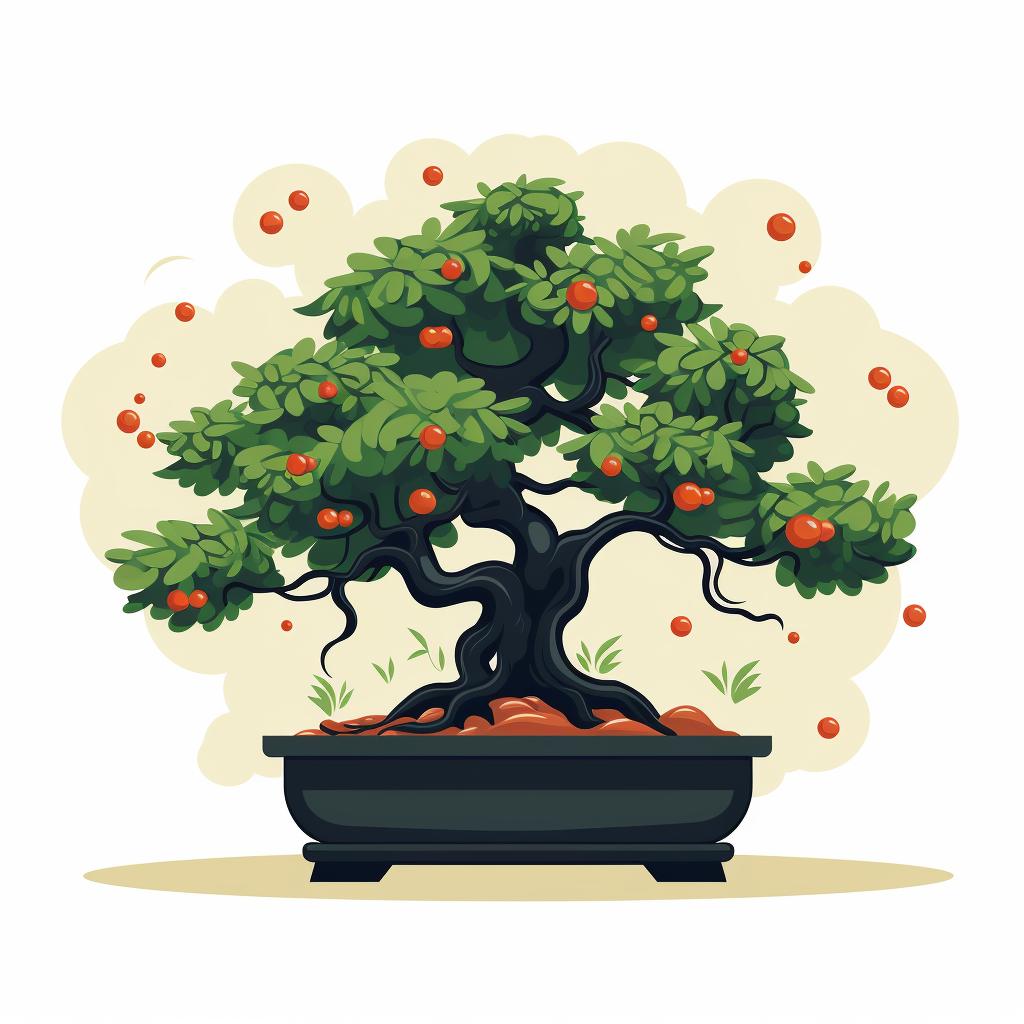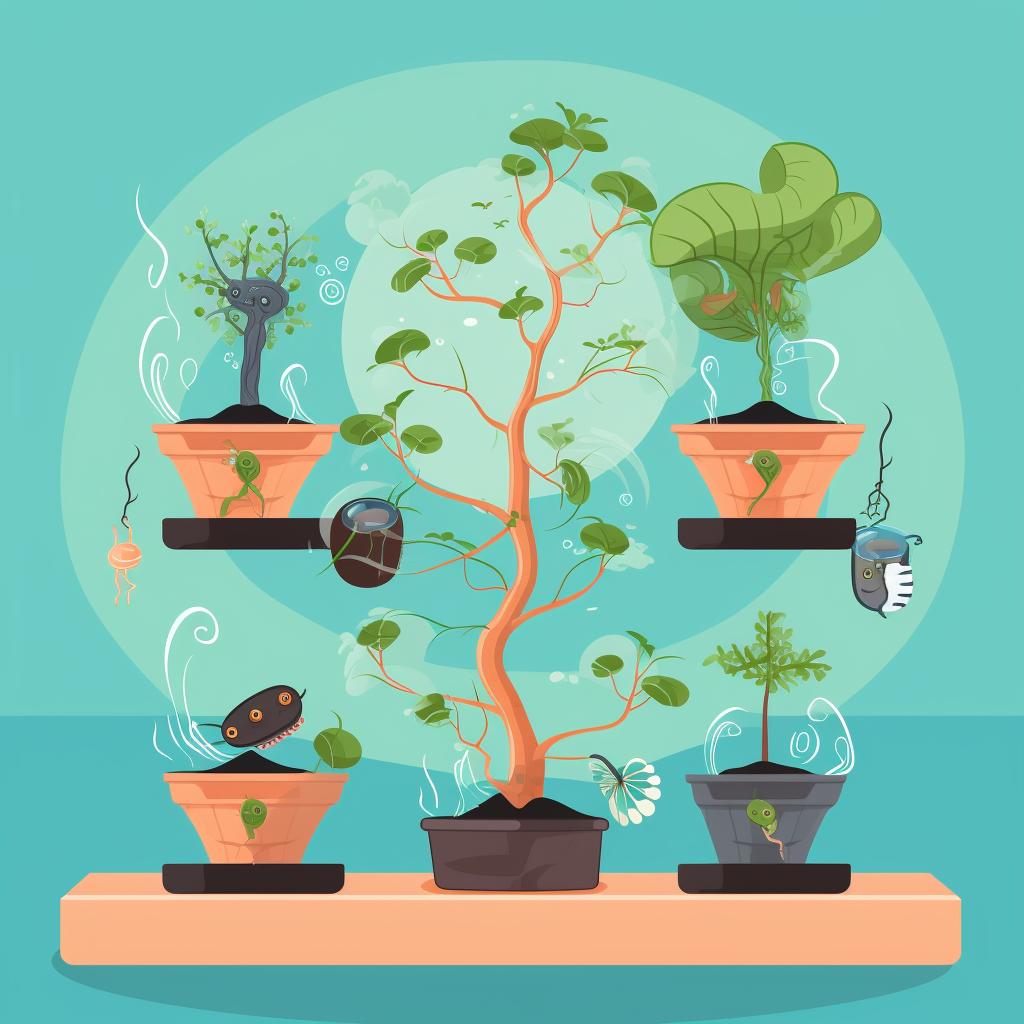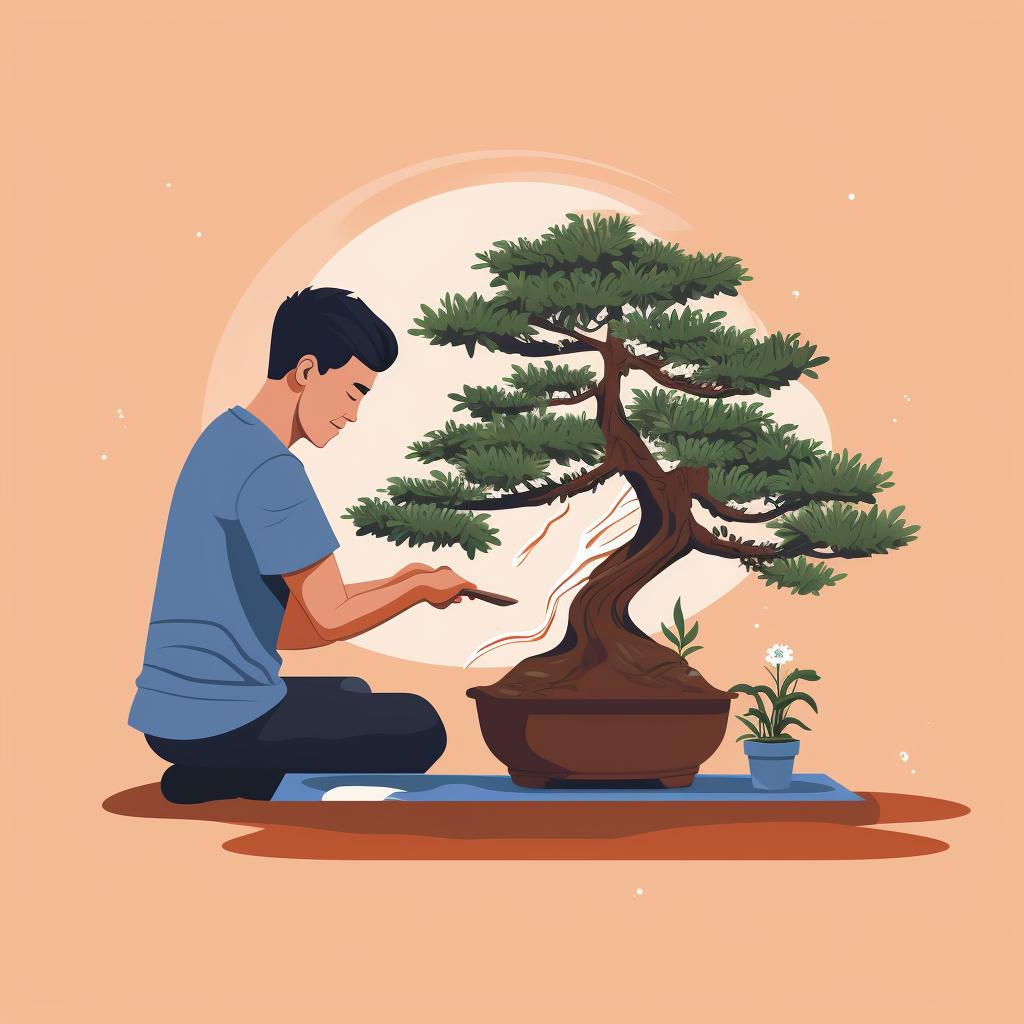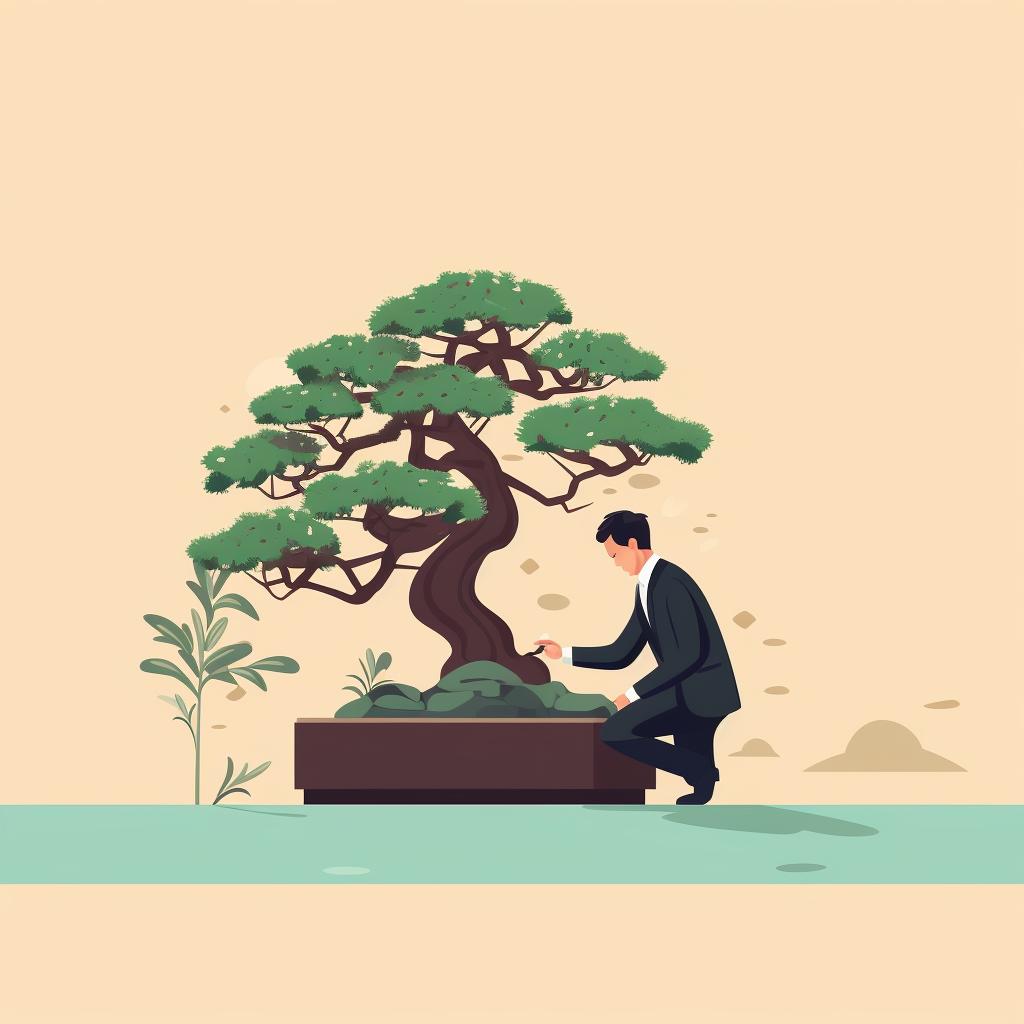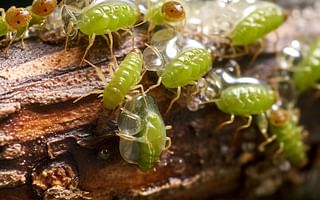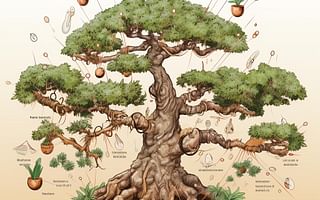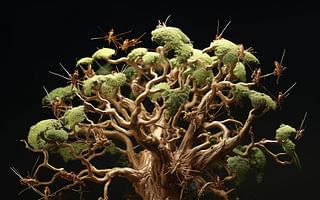🌿 Treating Bonsai Tree Diseases and Pests: A Step-by-Step Guide 🐛
Keeping your bonsai tree healthy and vibrant is a labor of love. However, like all living things, bonsai trees can fall prey to various pests and diseases. This step-by-step guide has provided you with a basic overview of how to identify and treat common bonsai tree ailments. Now, let's delve deeper into each step to ensure your bonsai tree remains a source of joy and serenity.
Step 1: Identify the Pest or Disease
Correctly identifying the problem is crucial for effective treatment. Bonsai trees can be affected by a variety of pests and diseases, from aphids and spider mites to powdery mildew and root rot. Each of these has unique symptoms, which you can learn more about in our FAQ on common bonsai pests and diseases.
Step 2: Choose the Appropriate Treatment
Once you've identified the issue, it's time to choose the right treatment. This will largely depend on the type of pest or disease affecting your bonsai tree. For example, a mild soap solution can often control pests, while fungal diseases may require specific fungicides. Our FAQ on treating common bonsai diseases provides a wealth of information to help you make the right choice.
Step 3: Apply the Treatment
The next step is to apply the chosen treatment as per the instructions. Always follow these carefully to ensure the treatment is effective and safe for your bonsai tree. You can learn more about how to apply these treatments in our FAQ on dealing with pests and diseases on bonsai trees.
Step 4: Monitor the Tree
After applying the treatment, it's crucial to keep a close eye on your bonsai tree. Look for signs of improvement or worsening conditions. This will help you determine whether the treatment is working or if further action is needed. For more information on how to spot signs of an unhealthy bonsai tree, check out our FAQ on the signs of an unhealthy bonsai tree.
Step 5: Consult a Bonsai Expert or Plant Pathologist
If the condition doesn't improve, don't hesitate to consult a bonsai expert or a plant pathologist. They can provide further advice and treatment options to help save your bonsai tree. Remember, the health of your bonsai tree is a journey, not a destination. With patience, vigilance, and the right knowledge, you can ensure your bonsai tree thrives for years to come.

